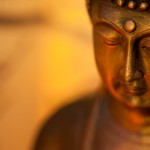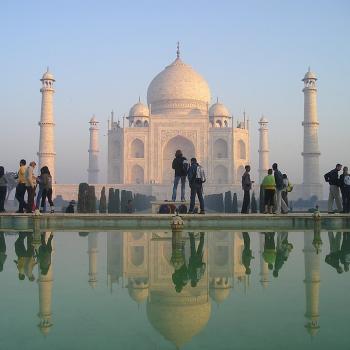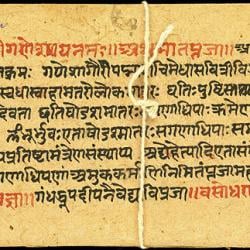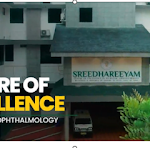The Hanuman Chalisa, a devotional hymn of 40 verses was written by the poet-mystic Sant Tulsidas, in the ancient (and still living) city of Varanasi, also called Kashi. Tulsidas was a devotee of Lord Rama and Lord Hanuman, who was himself a devotee of Rama and is considered a reincarnation or avatar of Lord Shiva. Lord Rama is of course immortalized in the great epic Ramayana, one of the longest poems written by Sage Valmiki. And Hanuman is of course... Read more



















